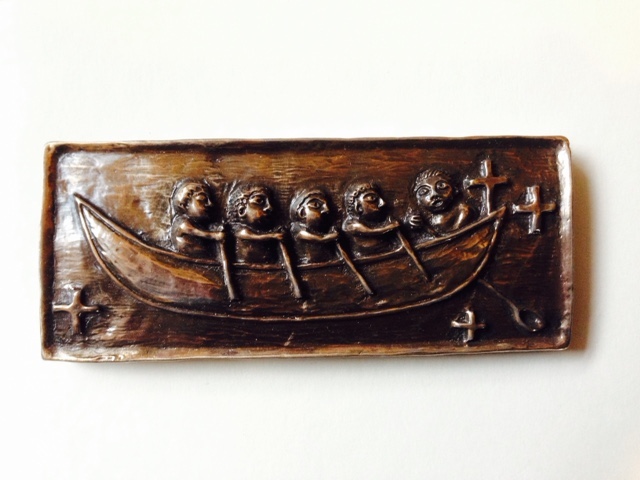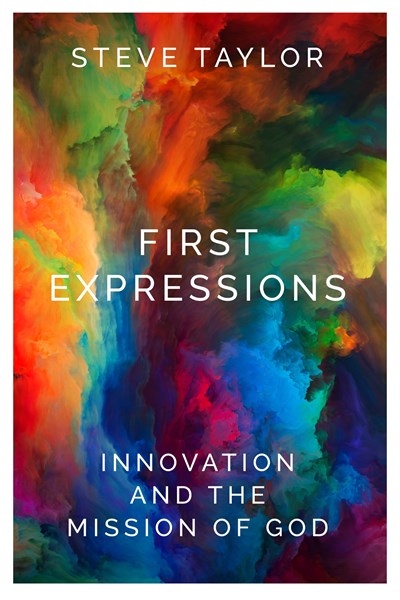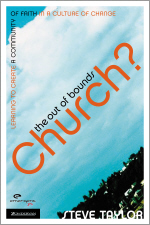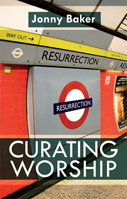Friday, November 14, 2025
the social impact of lectio divina: an artist reflects
 There’s a fascinating article in the latest Image journal, titled “Lectio Divina under Covid.”
There’s a fascinating article in the latest Image journal, titled “Lectio Divina under Covid.”
I’ve been researching lectio divina as part of my social impact of selected spiritual practices research, so I read the article with great interest.
The author of the article, Rob Larsen, is also an artist. So Rob’s words describing his experience of spiritual practice are stunningly paired with his art. These include a contemporary response to Rublev’s icon The Hospitality of Abraham, also known as The Trinity.
Rob describes the gift of joining an online lectio divina group during Covid and discovering a new rhythm: “sitting in silence, listening to Scripture, then mixing a color and laying it down.”
The social impact is expressed in words and visual art. Rob finds himself painting a series Into the Silence. The densely layered canvases express the movements of contemplation for Rob, including paying attention, being present and letting go. They are stunning (check them out in the Image website).
The social impact of the lectio also appears in Rob’s words. He writes of being:
calmer at work and at home, attended by an oceanic peace, even amid the chaos of trying to keep up with endless emails in one room while attending to my children’s meltdowns in the other. I sensed God’s presence in difficult moments
This experience resonates with my social impact research, where 20 participants in 3 cohorts joined me to share lectio divina for 8 weeks. I gained insight into their experiences through surveys, focus groups and inviting them to keep a research journal.
My participants shared how spiritual practices have a social impact. As one of my participants in a focus group observed:
“Stopping, breathing, listening – not just here but transfer to other areas of my life” – Cohort A Survey
The internal impacted on the external, including their sense of being more fully present and with a greater empathy toward others. I’m keen to research other spiritual practices, to see if they have the same or different impacts in community and living.

















